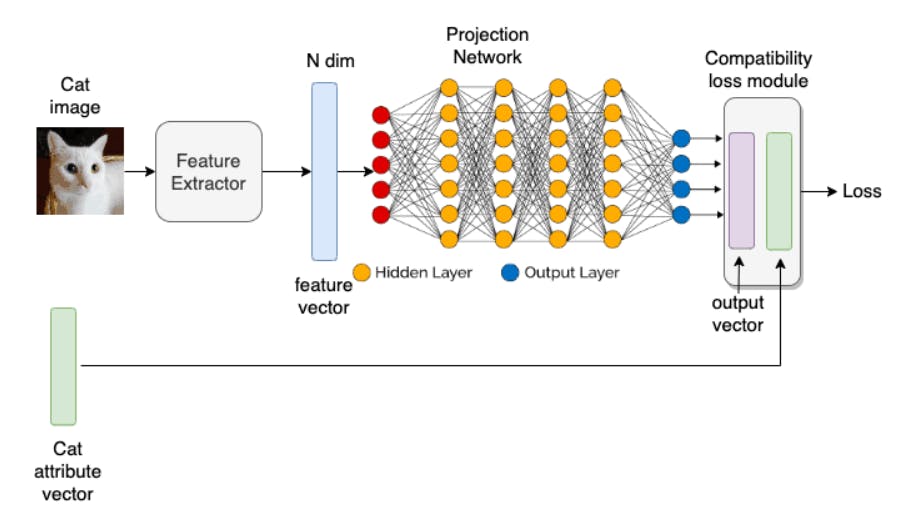[Paper Exploration] Adam: A Method for Stochastic Optimization
From optimization, to convex optimization, to first order optimization, to gradient descent, to accelerated gradient descent, to AdaGrad, to Adam.

From optimization, to convex optimization, to first order optimization, to gradient descent, to accelerated gradient descent, to AdaGrad, to Adam.

The paper introduces a novel architecture called residual networks (ResNets), which significantly improves deep neural network training by using skip connections to mitigate the vanishing gradient problem. This approach achieved state-of-the-art performance on several benchmarks, including the ImageNet dataset, and has become foundational in modern deep learning applications.

A comprehensive exploration of Meta AI's Segment Anything Model (SAM), a foundation model designed to generalize across various segmentation tasks with minimal prompting, zero-shot and few-shot learning capabilities, and applications in a wide range of domains.

A machine learning paradigm where a model is trained on certain tasks and then applied to new, unseen tasks without additional training. It leverages generalizable knowledge to perform well on tasks it has not explicitly encountered during training. (an instance og transfer learning)

Statistical Modeling: The Two Cultures is an influential essay by Leo Breiman that delineates two approaches to statistical modeling: the "data modeling" culture, which emphasizes formal statistical inference and model fitting, and the "algorithmic modeling" culture, which prioritizes predictive accuracy and computational efficiency. Breiman argues for a shift towards the latter culture, advocating for the development and use of robust algorithms and machine learning techniques that focus on prediction rather than solely on theoretical statistical inference.